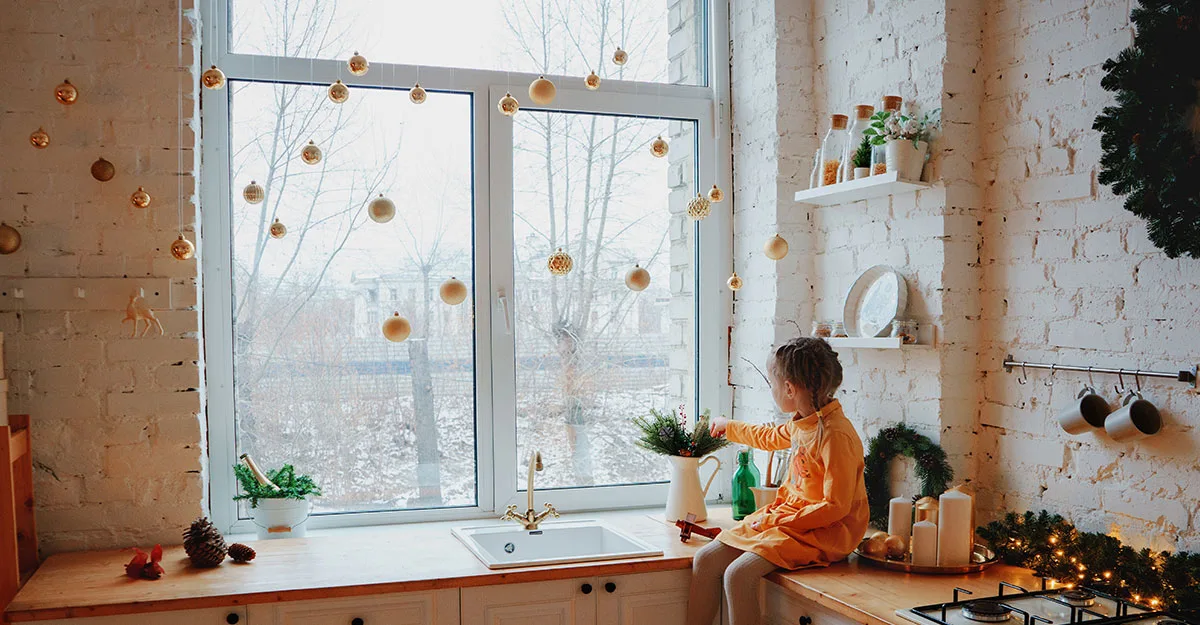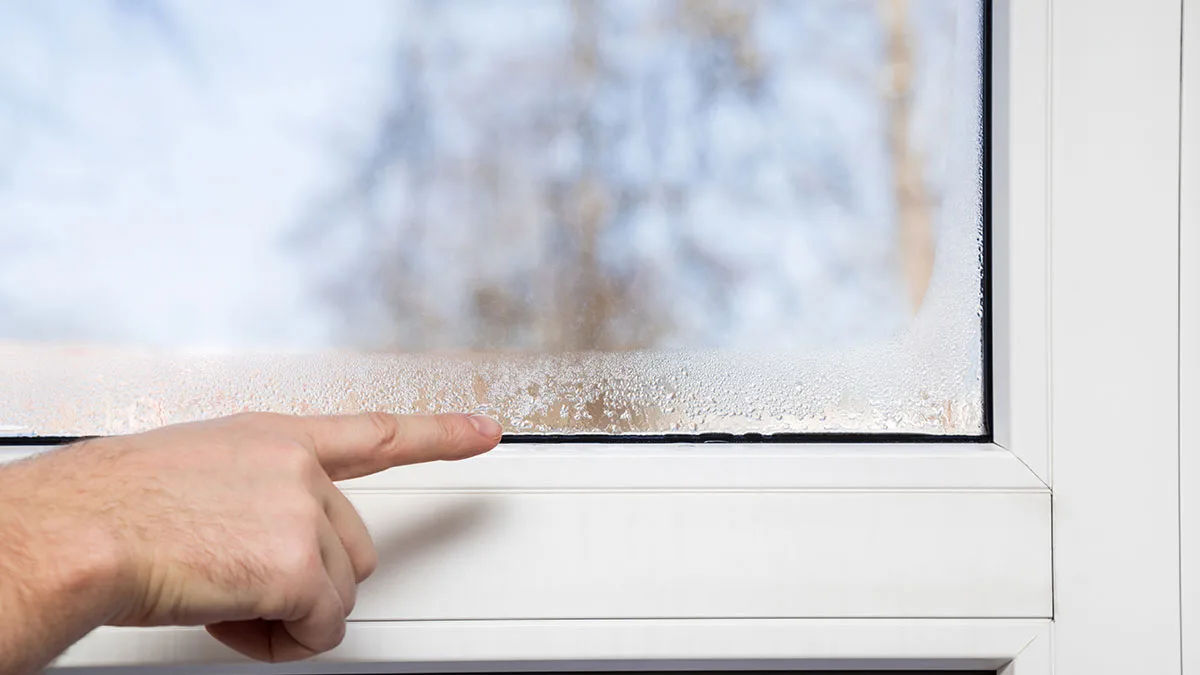As the crisp Colorado air rolls in and the leaves start to change, fall is the perfect reminder that winter is right around the corner. While the season brings cozy nights and beautiful scenery, it also means colder temperatures and higher energy bills if your home isn’t properly sealed against the elements.
One of the best ways to prepare your home for fall and winter is by upgrading your windows and doors. At New Windows for America, Denver’s most trusted window and door experts, we’ve been helping homeowners create warmer, more energy-efficient spaces for over 25 years.
Why Windows & Doors Matter in Fall and Winter
Old or drafty windows and doors can make your home uncomfortable when the temperatures drop. Gaps, worn-out seals, and single-pane glass allow warm air to escape while letting chilly air in. This not only makes your home feel drafty but also forces your furnace to work harder, leading to higher heating costs.
By replacing your outdated windows and doors with energy-efficient window options, you can:
- Keep Warmth Inside – Modern insulated glass and tight seals prevent heat from escaping.
- Lower Energy Bills – Energy-efficient upgrades reduce the strain on your HVAC system.
- Block Out Drafts & Noise – Say goodbye to cold spots and unwanted outdoor sounds.
- Boost Home Value – New windows and doors add style, comfort, and long-term value to your home.
Features to Look for in Energy-Efficient Windows & Doors
When upgrading, not all windows and doors are created equal. Here’s what makes the biggest difference:
- Double or Triple Pane Glass – Adds insulation and keeps your home warmer.
- Low-E Glass Coatings – Helps regulate indoor temperatures by reflecting heat back inside during the colder months.
- Proper Installation – Even the best products won’t perform well if not installed
correctly. That’s why choosing a trusted local company matters. - Weather-Resistant Frames – Materials like vinyl, fiberglass, and insulated wood help maintain efficiency.
The Comfort of a Cozy Home
Imagine curling up with a blanket, sipping hot cocoa, and enjoying the view of golden fall leaves through crystal-clear, draft-free windows. With properly sealed windows and doors, you’ll experience a cozier home environment where every room feels inviting, no more avoiding that one “cold spot” in the house.
Why Choose New Windows for America?
At New Windows for America, we don’t just sell windows and doors, we deliver comfort, peace of mind, and long-term savings. Here’s why Denver homeowners continue to choose us:
- Over 25 years of trusted local service
- Factory-direct pricing with affordable options
- Experienced, professional installation crews
- Dedicated to making your home more comfortable year-round
Ready to Cozy Up This Fall?
Don’t wait until the snow starts falling to upgrade your home. Investing in new windows and doors this fall means you’ll enjoy a warmer, more energy-efficient home all winter long, while also preparing for next summer’s heat.
Call New Windows for America today at 303-920-0175 for your free in-home estimate. Cozy comfort is just one window away!













